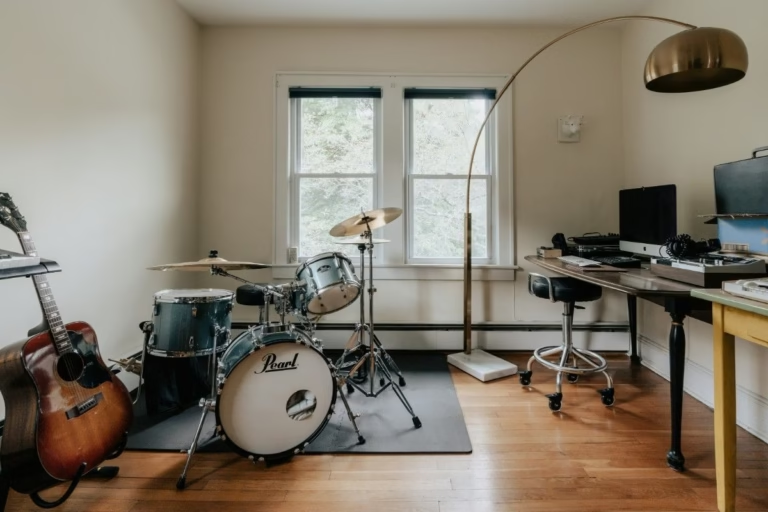How Lifestyle Insurance Compares to Traditional Coverage
Insurance in 2025 isn’t what it used to be and that’s a good thing. As our lives have become more mobile, digital, and experience-driven, the gaps in traditional insurance models have become harder to ignore. That’s where lifestyle insurance comes in.
But lifestyle coverage isn’t a replacement for traditional insurance it’s an evolution. Understanding how these two types differ (and work together) can help you protect not just your assets, but your actual way of living.
Here’s a clear breakdown of how lifestyle insurance compares to traditional policies in terms of flexibility, coverage, cost, and use cases.
What Is Lifestyle Insurance?
Lifestyle insurance is a modern, modular form of coverage designed to protect the risks of how you live—not just what you own. It’s built for people who travel often, engage in hobbies like adventure sports or photography, own luxury or niche gear, or earn freelance income outside conventional jobs.
Unlike homeowners or auto insurance, which centers around physical property, lifestyle insurance follows your behavior, routines, and preferences.
Traditional Insurance: What It Does Well (and Where It Falls Short)
Traditional insurance—like health, auto, renters, homeowners, or life has been around for decades. These policies are essential and provide broad, regulated protection. But they’re also built for a stable, stationary life, and may not address:
- Gear used across multiple jobs or locations
- Travel or remote work beyond short-term vacations
- Cyber risks, data loss, or identity theft
- Hobby-based injuries or non-professional sports
- High-value items that aren’t scheduled on your home policy
That’s where lifestyle insurance fills in the cracks.
Side-by-Side Comparison: Lifestyle vs Traditional Coverage
| Feature/Factor | Lifestyle Insurance | Traditional Insurance |
|---|---|---|
| Coverage Focus | Personal behavior, gear, travel, hobbies, digital life | Fixed assets (home, car), health events, death, liability |
| Flexibility | Highly customizable, often modular | Standardized coverage terms, less flexible |
| Policy Structure | Often bundles multiple categories (e.g., travel + gear + cyber) | Separate policies for each asset or risk |
| Examples of Coverage | Adventure sports, remote work gear, ID theft, luxury items | Home damage, auto accidents, hospital bills, death benefits |
| Claims Process | Typically digital-first, app-based | Can require agents, paperwork, long timelines |
| Monthly Premium Range | $15–$60 (varies based on modules selected) | $100–$500+ (across all policies combined) |
| International Coverage | Often includes global protection | Usually limited to U.S. (except health travel riders) |
| Target Audience | Digital nomads, gig workers, high-net-worth, lifestyle-focused | Homeowners, families, commuters, 9-to-5 employees |
| Biggest Strength | Covers modern lifestyle risks with freedom | Deep, long-term protection for major life events |
| Biggest Weakness | Limited in catastrophic events (e.g., major illness, death) | Doesn’t adapt well to non-traditional living |
Real-Life Examples
Example 1: The Digital Nomad
Maria lives in different countries throughout the year, works as a UX designer remotely, and travels with $6,000 in gear. Traditional renters or travel insurance won’t fully protect her gear or pay for lost freelance income if a trip is delayed. A lifestyle policy from SafetyWing or Lemonade Lifestyle+ is better suited to her needs.
Example 2: The Weekend Adventurer
Ethan works a 9–5 but regularly surfs, hikes, and goes snowboarding. He’s injured twice in a year—once during a backcountry trail run. His standard health insurance denies the claim due to exclusions. A lifestyle policy could have filled that gap and covered transport, treatment, or lost gear.
Example 3: The Collector
Sam owns a rotating wardrobe of limited-edition sneakers and custom fashion pieces worth over $20,000. His homeowners policy doesn’t cover full value unless he schedules every item. Lloyd’s of London offers customizable protection for fashion assets and collectibles through their lifestyle concierge plans.
Where Lifestyle Insurance Excels
- Fills gaps in traditional coverage, especially for travel and digital risks
- Adapts to how you live, not just where you live
- Makes claims faster and easier through digital platforms
- Covers non-traditional assets and income sources
- Useful for people without a stable residence or single employer
Where Traditional Insurance Still Wins
- Better for major life events: hospitalizations, auto accidents, death
- Required by law in many cases (car insurance, health insurance)
- Backed by decades of regulation and financial standards
- Offers larger benefit payouts in high-cost scenarios
Why You Might Need Both
The truth is, most people benefit from using both lifestyle and traditional insurance together. Lifestyle coverage isn’t a substitute for auto, home, or life insurance. It’s a layer that enhances your protection—especially if you live a dynamic or hybrid lifestyle.
Examples of effective pairings:
- A traditional health plan + lifestyle insurance for extreme sports and global travel
- A homeowners policy + lifestyle insurance for unscheduled luxury items or freelancing gear
- Auto insurance + lifestyle coverage that includes personal injury while biking or hiking
Final Takeaway: Match Your Coverage to Your Life
If you’ve built a lifestyle that’s flexible, mobile, or creatively driven, you need insurance that can move with you. Traditional policies will still protect your biggest assets but they weren’t built for a world of gig work, side hustles, global travel, or digital risk.
The smart approach? Layer your protection to fit the full picture of how you live.
Curious about combining lifestyle insurance with legacy protection?
Read When Does It Make Sense to Bundle Lifestyle and Life Insurance? to learn how to build a coverage plan that grows with you.




